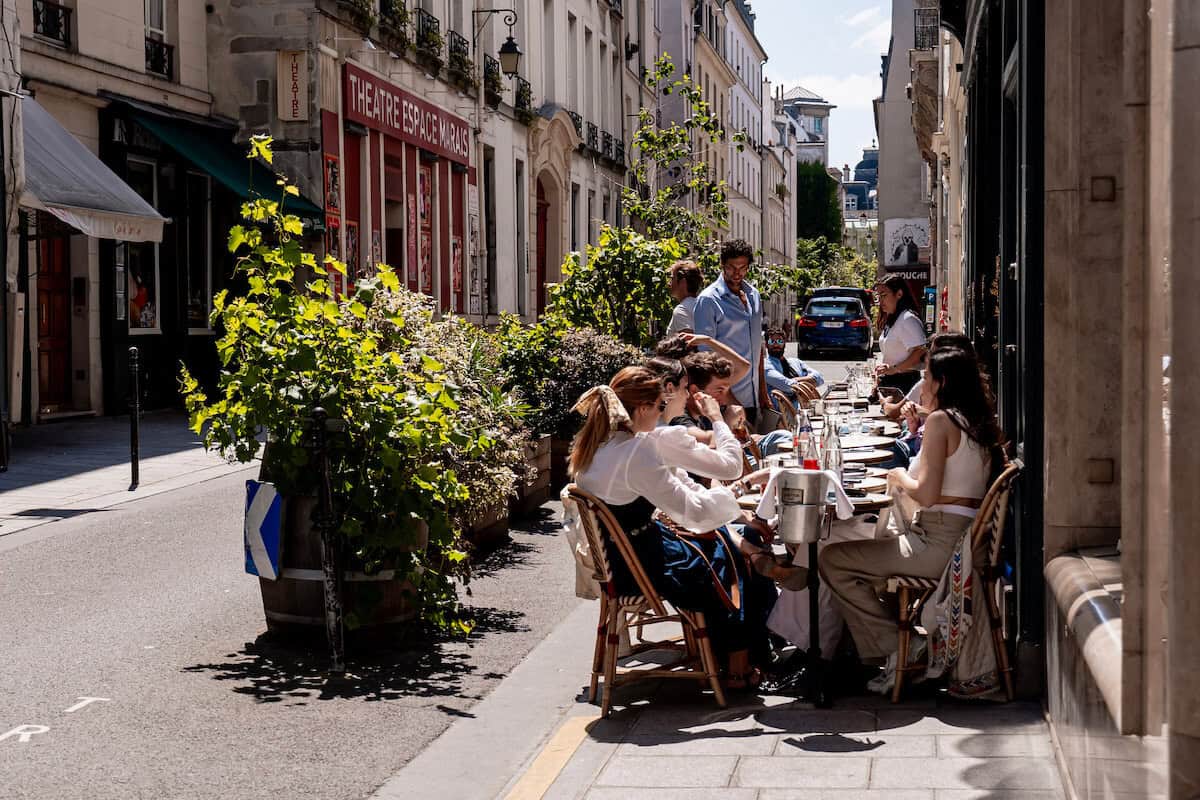New California law will help Holocaust survivors recover art stolen by Nazis
The law, signed Monday by Gov. Gavin Newsom, aims to resolve a Jewish family’s decades-long fight to recover a famous impressionist painting forcibly sold to Nazis during the Holocaust.
SACRAMENTO, California — A 19th century impressionist painting a Jewish woman was forced to sell to Nazis during the Holocaust is one step closer to coming home under a new California law.
The legislation, which Gov. Gavin Newsom signed Monday, will give Holocaust survivors and their families a better chance in court cases seeking the recovery of art looted or stolen by Nazis.
Newsom in a statement said the state has a “moral and legal imperative” to ensure “valuable and sentimental pieces” stolen by Nazis are returned to Holocaust survivors and their families.
Assemblymember Jesse Gabriel, a Los Angeles-area Democrat who co-chairs the California Legislative Jewish Caucus, said his legislation was inspired by a recent federal court ruling that the 1897 Camille Pissarro oil painting taken by Nazis — titled “Rue Saint-Honoré in the Afternoon, Effect of Rain” — should remain in a Spanish museum instead of being returned to the Jewish woman’s family in California.
“It’s incredibly shameful that the government of Spain continues to retain the painting. They know and have conceded that it was stolen from this family,” Gabriel told POLITICO. “It’s time for that wrong to be righted.”
Lilly Cassirer Neubauer was forced to sell the painting to a Nazi art appraiser in 1939 for $360 to escape Germany shortly before World War II broke out, according to court documents. The painting disappeared from public view and changed hands multiple times before being sold in 1993 by a German steel baron to Museo Thyssen-Bornemisza in Madrid. It is currently valued in the tens of millions of dollars.
Lilly’s grandson Claude Cassirer learned of the painting’s existence in 2000 and asked the museum to return it shortly after, court documents show. But the museum refused, arguing it acquired the painting fairly and without knowledge it was stolen.
Cassirer’s family responded with a lawsuit in 2005, igniting a yearslong tangle that’s seen the case come before the Supreme Court and presented multiple times to the Ninth Circuit Court of Appeals. The core of the case has been determining whether Spanish or California law should determine ownership of the painting.
That question looked settled when Supreme Court justices ruled unanimously in 2022 that California law should apply. But a three-judge panel of the Ninth Circuit ruled earlier this year that Spanish law should be used to determine the painting’s ownership, thanks to a stipulation in California law that allows the laws of a foreign government to be used in some cases where legal contradictions arise.
Gabriel’s bill, which takes effect immediately, clarifies that California law should supersede contradicting laws when determining whether to return art or other personal property taken as a result of political persecution.
David Cassirer, who took up the lawsuit after his father, Claude, died in 2010, said the law enables the family “to finally recover our impressionist masterpiece.”
The Cassirer family has requested its case seeking to recover the Pissarro painting be reconsidered by an 11-member panel of Ninth Circuit judges, according to the Los Angeles Times. It could once again come before the Supreme Court if either party appeals from there.
What's Your Reaction?


























:quality(85):upscale()/2025/02/27/808/n/1922398/26784cf967c0adcd4c0950.54527747_.jpg)
:quality(85):upscale()/2025/02/03/788/n/1922283/010b439467a1031f886f32.95387981_.jpg)
:quality(85):upscale()/2025/01/08/844/n/1922398/cde2aeac677eceef03f2d1.00424146_.jpg)
:quality(85):upscale()/2024/11/27/891/n/1922398/123acea767477facdac4d4.08554212_.jpg)


















